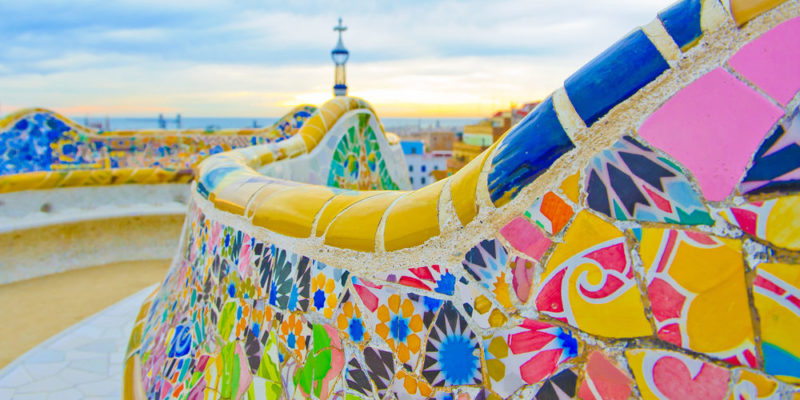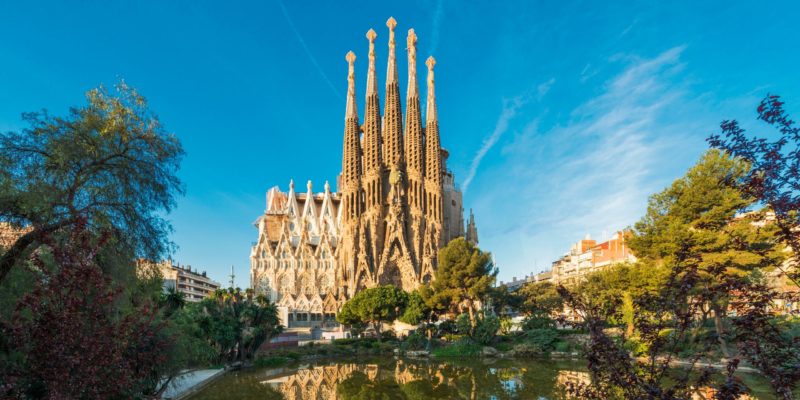We explain what modernism is and what its general characteristics are. Also, how it developed in literature and its authors..
What is Modernism?

Modernism is a current of artistic renewal that took place from the end of the 19th century to the middle of the 20th century. He stood out for his interest in breaking with traditional styles, for the search for new forms of expression and aesthetics, inspired by nature and contrary to the elements of the Industrial Revolution.
Modernism transcended mainly as a literary current that, along with other of its artistic disciplines such as painting, sculpture, architecture and music, sought to connect art with nature. The movement was a reaction in opposition to the new industrial and urbanized world.
The modernist current received several also accepted names, such as: Art nouveau, Jugendstil, Modern Style and Liberty. The diversity for its name reveals the character of freedom and breaking with the structures, which characterized the movement.
Characteristics of modernism
Modernism was characterized by:
- The break with the rules and what is considered traditional, both in religious and political as well as social issues.
- The new ideology and style, which broke with realism.
- The belief that truth is relative and there is no absolute truth.
- The exacerbation of the individual and his inner strength that influenced the subjectivist, impressionist, expressionist and surrealist movement.
It was characterized by representing themes such as love with an erotic and sensual tone (unlike traditional romanticism), by evoking distant places and from very ancient times and by the use of language considered prohibited at that time.
Modernism in literature
 Modernism represented a radical change for literature. Although some works prior to World War I were considered modernist (such as those of Henry James and Joseph Conrad), the movement is considered to have originated in 1880 in Latin America. It was the first literary movement to emerge outside of Europe, which acquired sufficient strength to spread to the rest of the countries of the world.
Modernism represented a radical change for literature. Although some works prior to World War I were considered modernist (such as those of Henry James and Joseph Conrad), the movement is considered to have originated in 1880 in Latin America. It was the first literary movement to emerge outside of Europe, which acquired sufficient strength to spread to the rest of the countries of the world.The objective of modernist literature was to get rid of the old models, through the use of previously forbidden words, Gallicisms, archaisms and Latinisms, without losing the correct use of grammar and the various rhetorical figures. Some of the authors who were a source of inspiration for modernism were: Edgar Allan Poe, Paul Verlaine, Walt Whitman and Théophile Gautier.
In 1922 the work of the author James Joyce called "Ulysses", was a historical event in the development of modern literature. It was a dense, long and controversial story. Some parts of the work were considered obscene, which is why it was banned for many years in several English-speaking countries.
Leading Modern Authors
Among the main modern Latin American authors the following stand out:
- Manuel Gutiérrez Nájera ( Mexico )
- Amado Nervo (Mexico)
- Gutiérrez Nájera (Mexico)
- Delmira Agustini ( Uruguay )
- Julio Herrera and Reissing (Uruguay)
- José Asunción Silva (Colombia)
- Leopoldo Antonio Lugones ( Argentina )
- Julián del Casal (Cuba)
- José Martí (Cuba)
- Rubén Darío ( Nicaragua )
Other modernist authors from Europe and the United States whose works were controversial and who managed to break with the traditional styles of narrative and chronological continuity were: Virginia Woolf, Marcel Proust, Gertrude Stein and William Faulkner.
Modernism in other arts

Modernism stood out in the visual arts with representatives such as the Frenchman Édouard Manet. In the 1860s, this artist managed to break with the traditional notions of using perspective and modeling. Through the particular use of line, shape and color, I achieve a representation of subjectivity to reflect reality.
In architecture , the highest modernist representative was the Catalan Antoni Gaudí, considered one of the most prodigious experts in his discipline. Gaudí managed to use a unique, personal and incomparable architectural language; demonstrating a special ability to take advantage of space and volume, together with an original transformation of the decorative materials.
Anas is an editor of a prestigious publishing company in the United States. She studied Mathematics in Arizona. Anas is also a teacher and one of her long-term goals is to build an institution that offers free education to everyone who are financially not stable. .
Leave a reply
Your email address will not be published. Required fields are marked *Recent post

Sport: What Is It, Types, Risks, Features, Characteristics and Examples

Dogs: Emergence, Features, Characteristics, Feeding and Breeds

Story: Definition, Elements, Structure, Features and Characteristics

